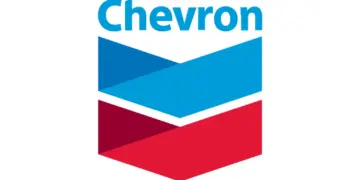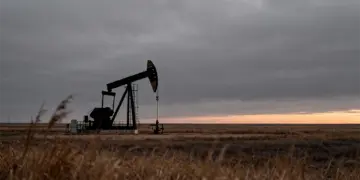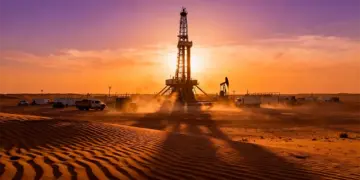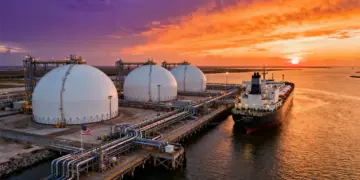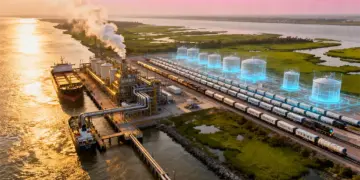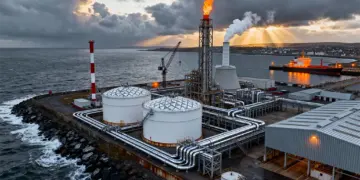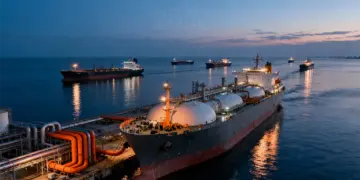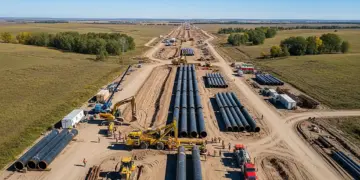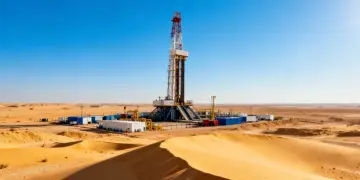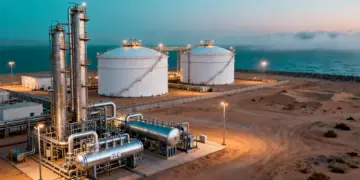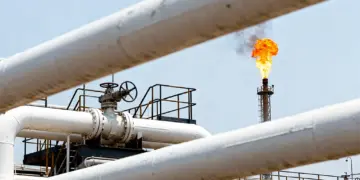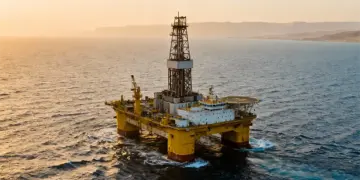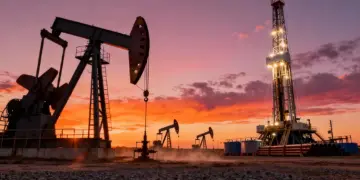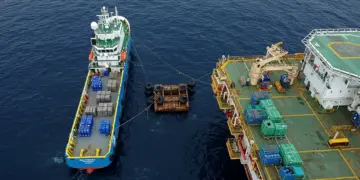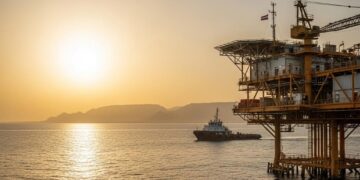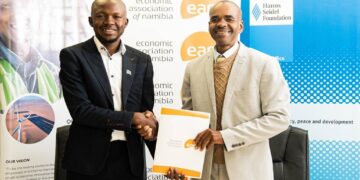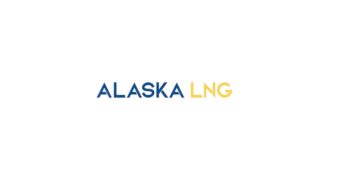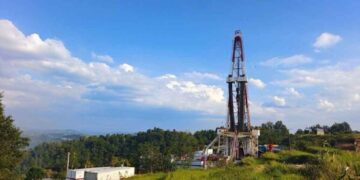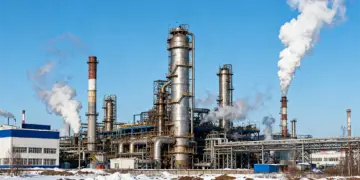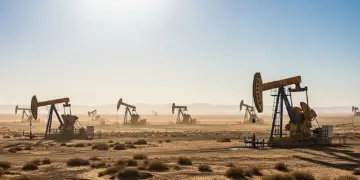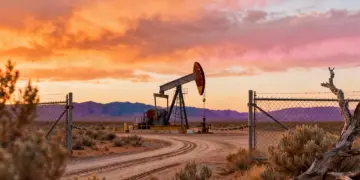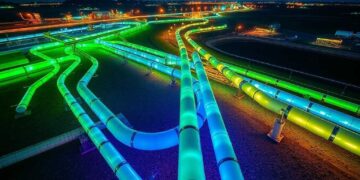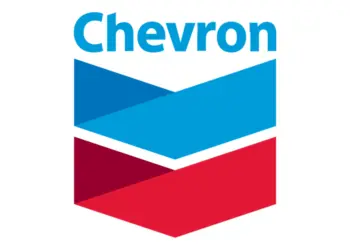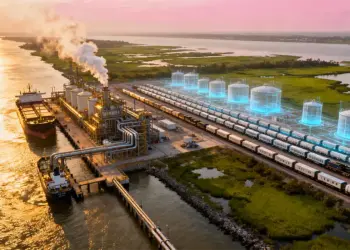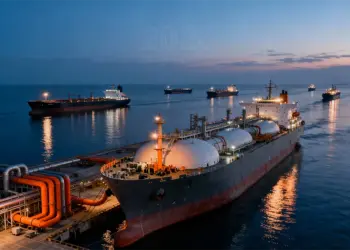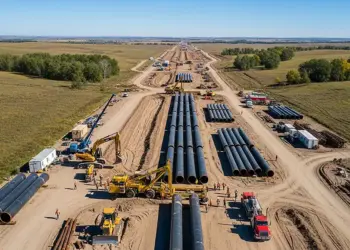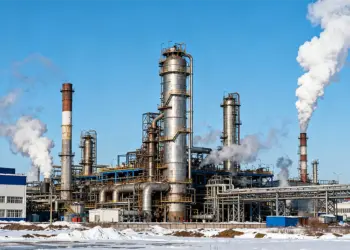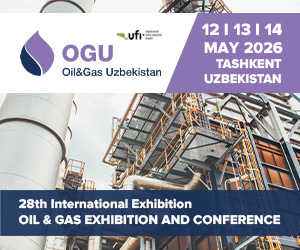The Queensland Curtis LNG (QCLNG) project is located on Curtis Island, Gladstone, in Queensland, Australia, and is being developed by QGC, a BG Group business. The project area starts from Surat Basin in Southern Queensland, extends to Gladstone and Curtis Island, and is spread over 500km.
The project involves conversion of coal seam gas (CSG) reserves into LNG, first of its kind in the world. It also includes expansion of exploration and development of CSG reserves in southern and central Queensland.
The CGS is transported via a 340km underground pipeline network to Gladstone. The gas is then transformed into LNG at the LNG plant on Curtis Island. The CSG to be converted into LNG is supplied to QGC by Origin Energy and its partner ConocoPhillips.
The final investment decision on the project was made in October 2010 after getting project approval from the Queensland Government in June of that year. Construction on the project was launched in late 2010. The production from the first train took place in December 2014, whereas commercial production from the train was achieved in May 2015. The second train is expected to come on stream in the third quarter of 2015.
The new facility will create thousands of jobs with a peak on site construction workforce of over 5,000 and over 700 during operational phase. The project is expected to generate around A$32bn in revenue for Queensland by 2021.
Construction and infrastructure
“The Queensland Curtis project creates thousands of jobs.”
The project development comprises five components, namely the gas field, pipeline, LNG plant, swing basin and channel, and shipping operations. The gas field component involves expansion of coal seam gas operations in Surat Basin.
Approximately 6,000 gas production wells will be developed during the project’s life. Out of 6,000, around 2,000 wells were phased by 2014. The rest will be developed to replace declining wells.
The development and construction of LNG plant, pipelines and gas fields was completed by 2014. The infrastructure for the gas field includes gas and water gathering systems along with gas processing and compression systems. Associated surface equipment consisting of wellhead separators, telemetry devices and metering stations is also being developed.
The LNG plant is being developed over an area of approximately 270 hectares at North China Bay on Curtis Island. The initial LNG plant with two trains will have production capacity of 8.5 million tonnes per annum. The capacity can be extended up to 12 million tonnes per annum. The plant will have three LNG trains or units.
Phase I includes two LNG processing trains. The plant also has gas pre-treatment facilities, a nitrogen rejection unit and two containment LNG storage tanks, each of 140,000m³ capacity. In addition, it has jetty and docking facilities, and a material offloading facility for ferry transportation and receiving construction material.
“Around 6,000 gas production wells will be developed during the project’s life.”
An offloading channel with five berths has been built temporarily to provide access for vessels to the material offloading facility during the project construction. Under the Curtis Spur Channel, the berth pocket, swing basin and a connecting channel is developed. The existing port channels have also been upgraded .
The first LNG is loaded at marine jetty. The next ship transited through Gladstone Harbour and further transited through Great Barrier Reef Marine Park to open ocean.
Queensland Curtis LNG’s pipeline network
The gas is transported through a 540km underground pipeline network in Curtis Island. This includes a 340km export trunk line connecting the gas field to a processing plant facility in Gladstone.
The pipeline is 42in in diameter and is designed to operate at pressures of up to 10.2mpa.
Contracts awarded for the Australian LNG project
The engineering, procurement, and construction contract for the project was given to Bechtel Corporation in July 2008.
Verification services for the development of the LNG project were provided by GL Noble Denton.
Murphy Pipe and Civil Constructions installed gas and water gathering pipelines for all the gas fields owned and operated by QGC in the Surat Basin. The contract was announced in May 2012 and is valued at A$250m.
A joint venture of Transfield and Clough was awarded a contract for the first stage of natural gas processing facilities in October 2012. Under the A$80m contract, the JV provided front-end engineering and planning for gas compression facilities. It was also responsible for bulk earthwork, piling and construction of concrete foundations.
Regular maintenance services on gas field and pipeline facilities of the LNG project are provided by Transfield Services under a contract signed in November 2012.
LNG supply agreements
Supply agreements for around 10mtpa of LNG from the project have been arranged by BG Group to date. Prominent buyers include China National Offshore Oil Corporation (CNOOC), Tokyo Gas, GNL Chile, Chubu Electric, and the Energy Market Authority of Singapore.
An agreement to supply 1.2 million tonnes per annum of LNG to Tokyo Gas for 20 years starting from 2015, along with BG Group’s LNG portfolio, was signed between the two companies in March 2010. Tokyo Gas acquired a 2.5% equity stake in second LNG train of phase I of the LNG plant. The deal was finalised in March 2011.
A sales contract was signed between BG Group and CNOOC and its affiliates in March 2010. As per the agreement, 3.6 million tonnes per annum of LNG from the project will be provided to CNOOC for 20 years starting from 2015.
In October 2012, CNOOC signed a Heads of Agreement (HOA) with BG to acquire certain interests in the LNG project for about $1.93m. Under the HOA, CNOOC acquired 40% interest in the first train of the project.
A 21-year LNG sales agreement was signed between BG Group and Chubu Electric in May 2011.


